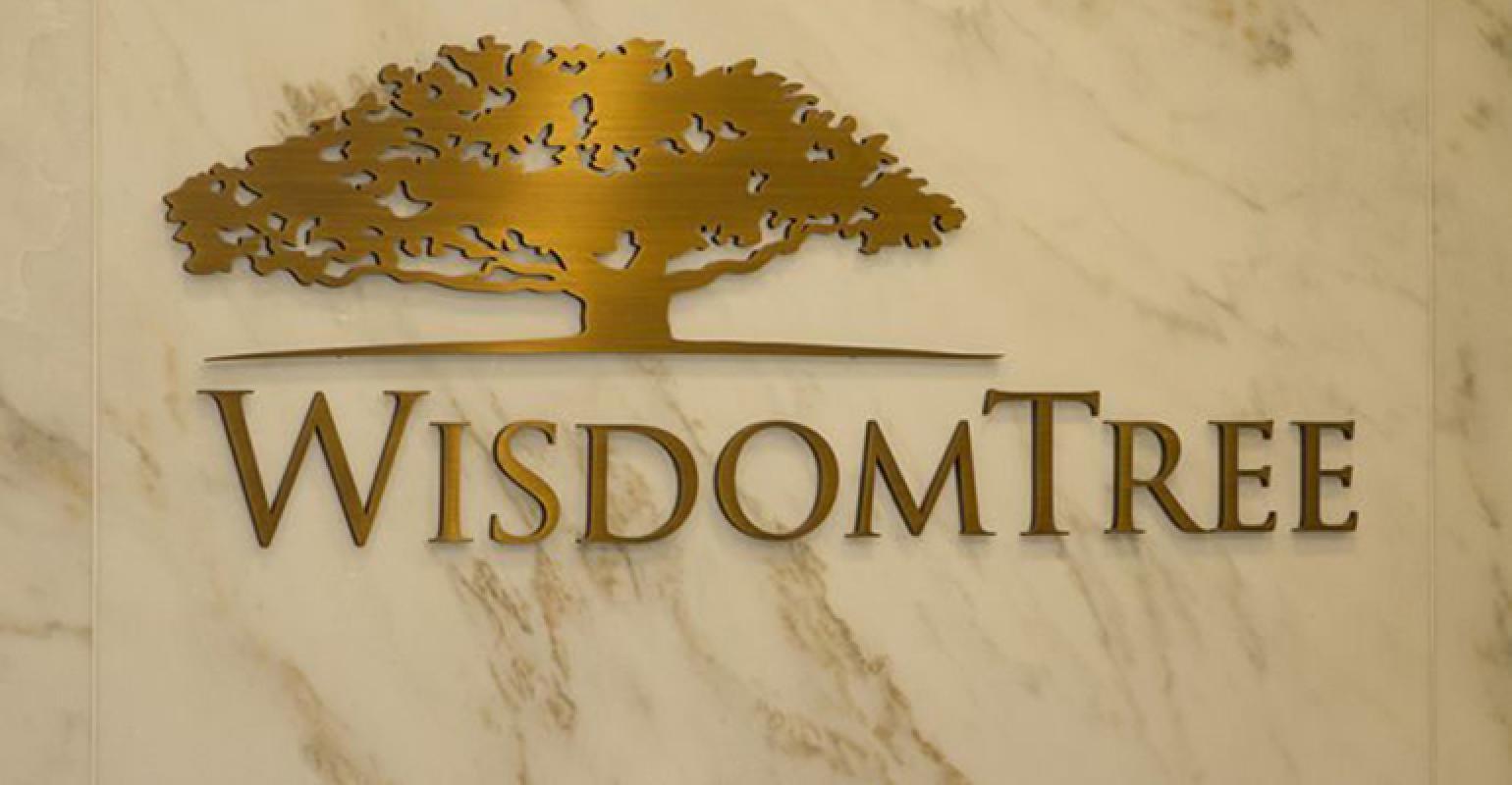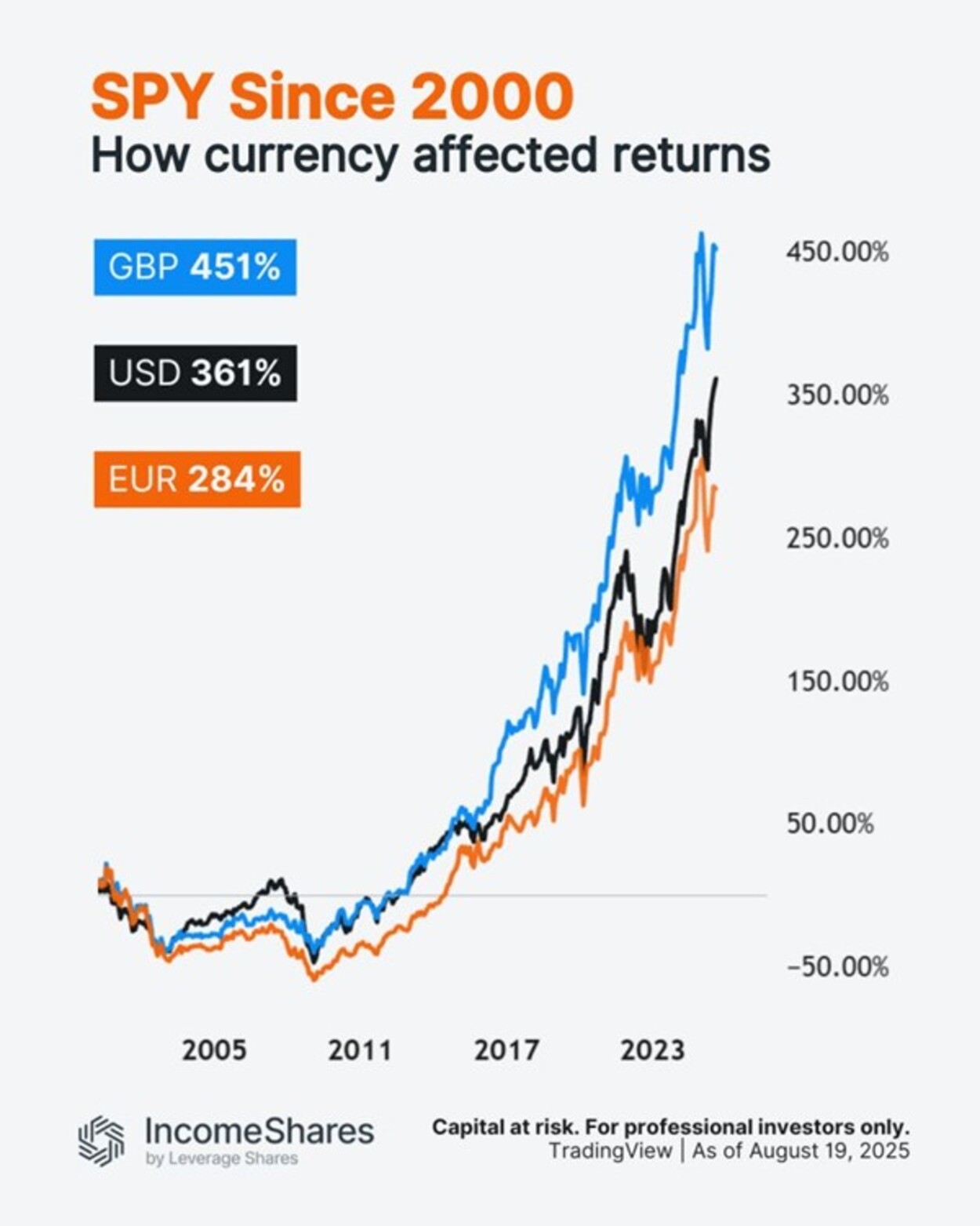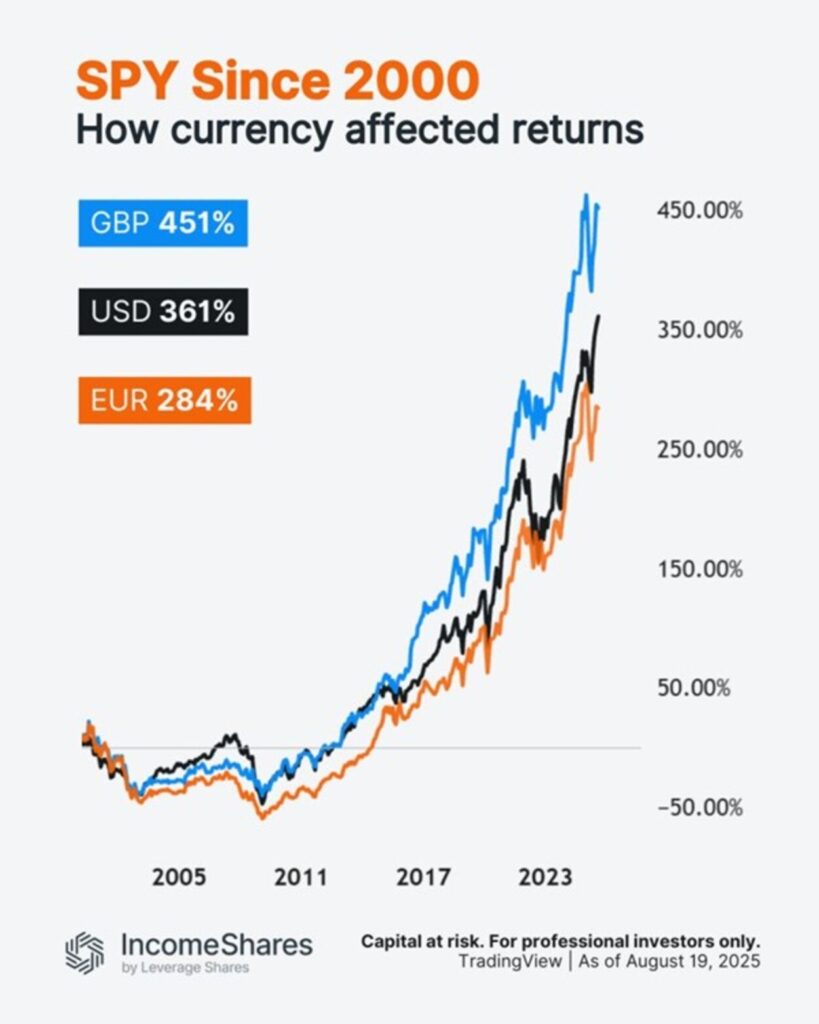2019 is poised to be a good year for Japanese risk assets in general and Japanese small cap equities in particular. In fact, against a backdrop of rising US rates and growing equity market volatility, Japanese small caps may prove to be a great place to hide in 2019.
Of course, Japan’s overall market is very dependent on global economic fortunes and as much as 64% of TOPIX earnings depend on overseas sales. Therefore, Japanese large-cap performance will always depend on the US and Chinese business cycles.
Unfortunately, neither the world’s largest nor the second largest economy is likely to accelerate significantly in the coming 9-15 months. Against this, Japan’s domestic demand is in a multi-year structural uptrend, led by rising domestic consumer spending and, importantly, a forceful re-investment cycle by small and medium sized companies rushing to upgrade their local capital stock. This cycle is not affected by global trade uncertainties and the principal beneficiaries are Japan’s small cap companies.
Jesper Koll, Japan Senior Advisor, WisdomTree
Emerging Markets
After facing a volatile 2018, we expect emerging markets (EM) to recoup its losses and post strong gains in 2019.
We believe negative sentiment stemming from the strong US dollar, ongoing trade wars and the collapse of the Turkish Lira, was a key reason for strong outflows from emerging market assets in 2018. Fundamentals for most EM economies continue to remain stable. More importantly, the idiosyncratic risks among a few emerging market economies such as Venezuela, Argentina, South Africa and Turkey are not accurate representatives of emerging markets. We have also seen significant economic strides being made by each of these countries since then.
Emerging markets boast of having the lowest valuations among any major asset class globally, with nearly a 30% discount to developed markets and they offer a free cash flow yield estimated at 5-7% over the next year.
We expect sectors such as healthcare, real estate, consumer discretionary and utilities to benefit the most from higher earnings growth. We expect to see a turnaround in earnings growth in Brazil, Mexico, Turkey and Russia. We are seeing further signs of a modest deceleration in global growth impact the Federal Reserves interest rate path for 2019 and lower oil prices. Both of which should lend buoyancy to emerging market assets.
Aneeka Gupta, Associate Director – Research, WisdomTree
Europe
We remain cautious of economic growth in Europe owing to the rise of political headwinds namely; Brexit in March 2019, dwindling popularity of the grand coalition party in Germany, the EU parliamentary elections in May 2019 and Italian government’s fiscal budget proposal.
Current European GDP growth at 1.9% in 2018 is expected to slow to 1.6% in 2019 and 1.5% in 2020.
The impact of the trade concerns on the European auto sector is now being felt across the supply chain. Original equipment manufacturers have faced the largest setback. As European stocks broadly derive almost 20% of their revenue from emerging markets, the recent weakness across emerging markets has also weighed on demand for European goods. European corporate earnings have been strong in 2018 however the outlook remains strongly tied to a resolution around the trade uncertainties.
While the European Central Bank remains on track to end its bond buying programme by the end of 2018, it intends to reinvest the proceeds of maturing bonds purchased under the programme for an extended period and so monetary policy is poised to remain accommodative for a greater part of 2019 which should keep the Euro significantly lower. We remain less optimistic on the outlook for European equities until political headwinds abate.
Aneeka Gupta, Associate Director – Research, WisdomTree
US
US markets are poised to witness a modest deceleration in economic growth as the unwinding of the pro-cyclical tax reform takes effect in 2019. However, we continue to remain optimistic on US equities after a strong earnings season in the third quarter in 2018 with average earnings growth expectations as high as 27%. More importantly even on stripping out the effect of the tax reform average US earnings growth declines to only 18% which in comparison to the rest of world is still very high.
The recent results of the midterm elections confirm that Trump’s key fiscal policies such as Tax reform.1 and de-regulation are likely to remain in place. However, the gridlock in parliament suggests we are likely to greater oversight on Trump’s policy on trade, infrastructure, healthcare and immigration reform.
After the recent sell-off of US equities in October, US equity valuations are attractive on a 21x price to earnings ratio.
We remain cautious of the recent sell off in the technology sector and favour more defensive sectors such as healthcare, utilities and consumer staples.
Consumer confidence remains at an 18-year high and unemployment at a 49-year low. Core inflation is around the 2% mark. Federal reserve Chairman Jerome Powell has dialled down his rhetoric of an aggressive monetary policy stance at his last meeting, as he acknowledged risks to global growth and rising uncertainty owing to trade wars. Against this backdrop, we anticipate the Fed’s interest rate trajectory will be more gradual in 2019.

 Nyheter3 veckor sedan
Nyheter3 veckor sedan
 Nyheter2 veckor sedan
Nyheter2 veckor sedan
 Nyheter3 veckor sedan
Nyheter3 veckor sedan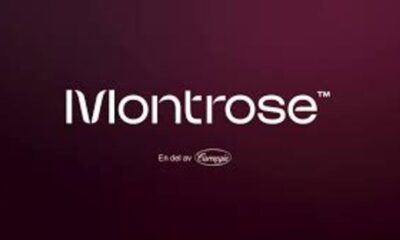
 Nyheter3 veckor sedan
Nyheter3 veckor sedan
 Nyheter2 veckor sedan
Nyheter2 veckor sedan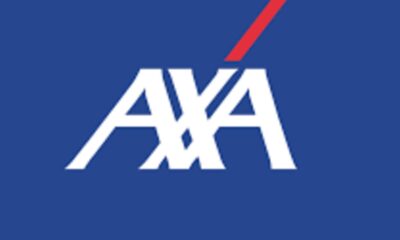
 Nyheter4 veckor sedan
Nyheter4 veckor sedan
 Nyheter3 veckor sedan
Nyheter3 veckor sedan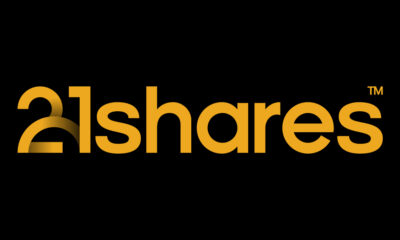
 Nyheter3 veckor sedan
Nyheter3 veckor sedan
